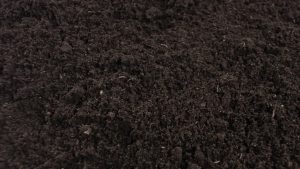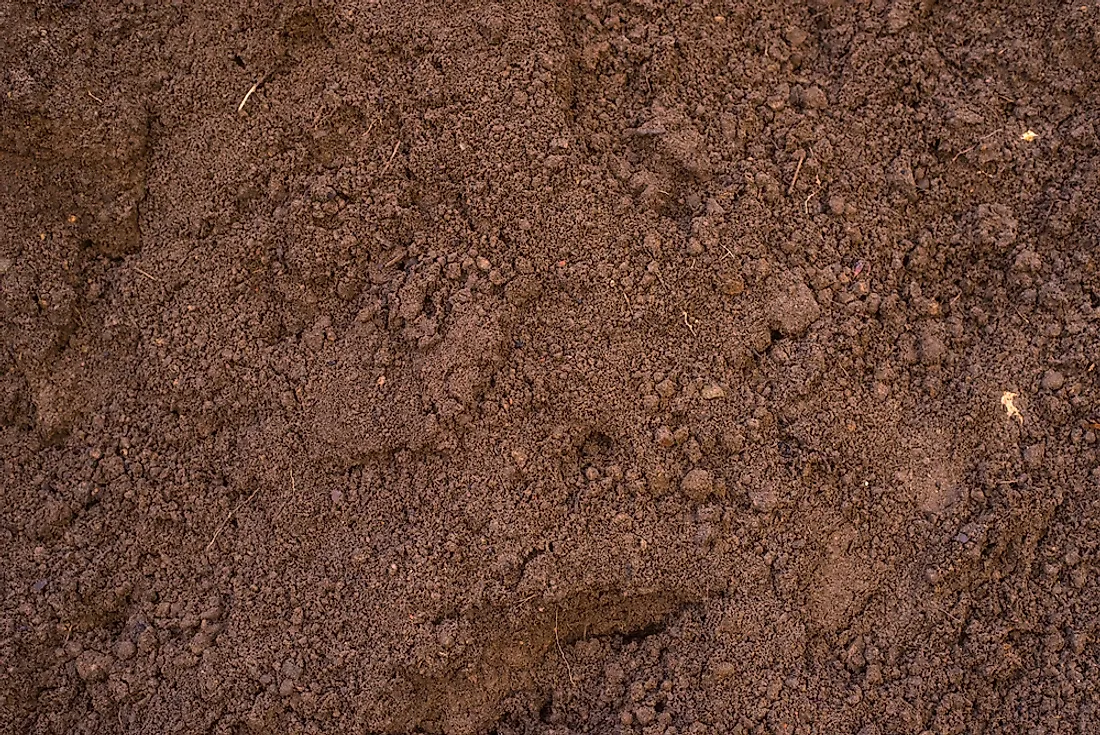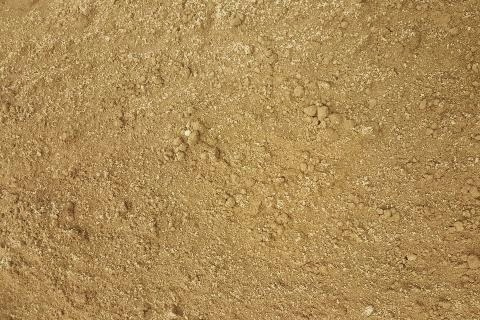Soil Types
The different kinds of soil used in celery farming, and why some are better than others.

Muck

Muck soils are highly prized for celery cultivation due to their dark color, high organic matter content, and exceptional moisture retention capabilities. Formed from the decomposition of plant material in wetlands, these soils are rich in nutrients, providing essential elements that celery requires for vigorous growth. Their high organic content and slightly acidic to neutral pH create an ideal environment for nutrient absorption, helping celery plants develop their signature crisp and tender stalks. In addition to their natural fertility, muck soils retain water exceptionally well, reducing the need for constant irrigation and providing consistent moisture levels—a key factor in growing high-quality celery. Farmers often find that muck soils allow for strong root development and reduced risk of nutrient leaching, making them a preferred choice for commercial celery production.
Loamy soils are another excellent choice for growing celery, particularly when muck soils aren't available. A well-balanced blend of sand, silt, and clay, loamy soil has a structure that supports good drainage while retaining enough moisture to meet celery's high water needs. These soils allow for optimal root penetration and aeration, creating a stable environment for the plant to grow. The balance in loamy soil helps keep it from becoming too compacted or too loose, making it easy to till and amend with organic matter or compost, which further enhances its fertility. Loamy soils are often enriched with organic amendments before planting to create a nutrient-rich environment for celery, helping the plants to thrive in terms of both growth and flavor.
Loamy

Sandy Loam

Sandy loam soils, with a higher proportion of sand than typical loam, are beneficial for celery growing in regions where excessive moisture retention is a concern. Sandy loam's texture allows for quicker drainage than other soils, which is useful for preventing waterlogging and ensuring that the celery roots receive adequate oxygen. Although sandy loam alone doesn't retain moisture as effectively, farmers often add organic matter to increase its water-holding capacity. This improved balance helps sandy loam soils support celery growth by keeping moisture levels consistent while preventing the soil from becoming overly saturated. By managing irrigation and organic amendments carefully, sandy loam soils can provide a stable environment for celery, promoting healthy root systems and quality crop yields.